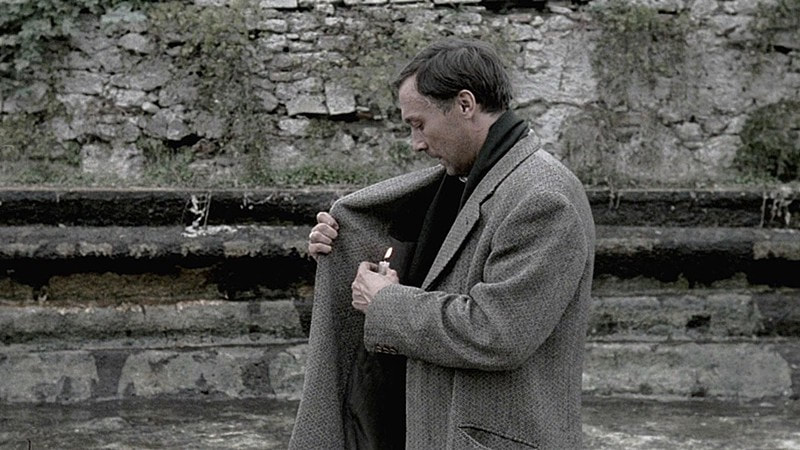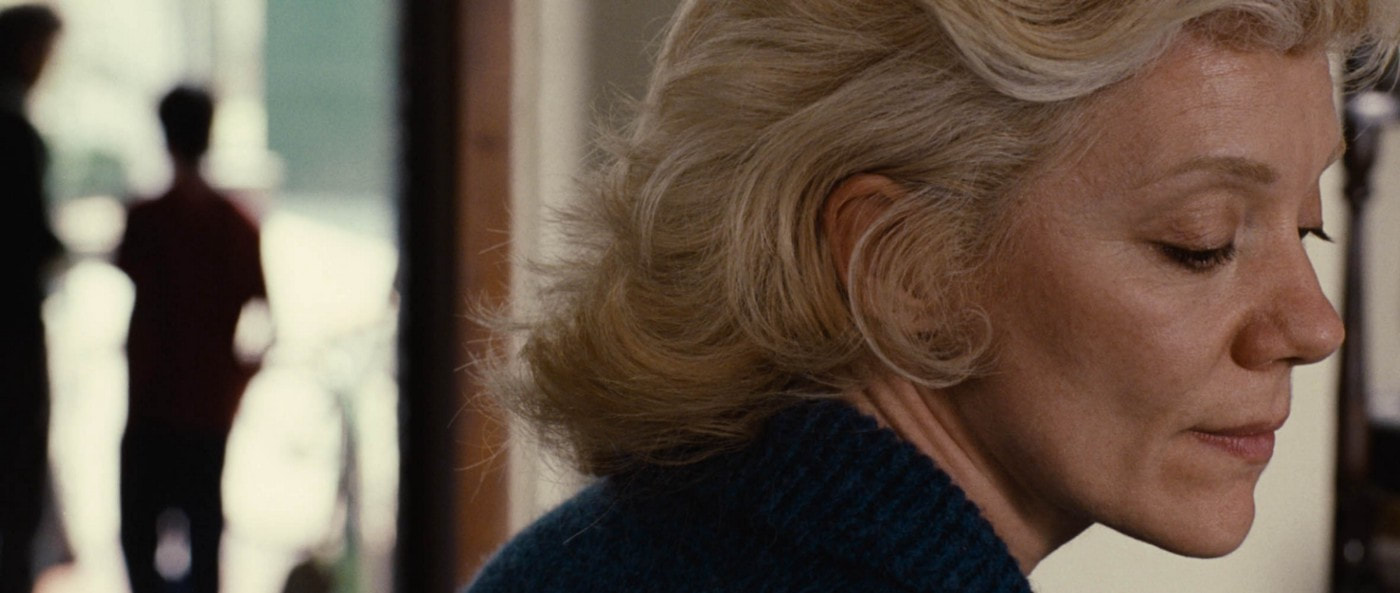
When I first heard that Noah Baumbach was making a film version of one of my favorite books, I had the usual mixture of excitement and concern. I was excited to see Don DeLillo’s postmodern novel White Noise come to life, but worried that it wouldn’t translate well.
When I saw the trailer, it looked like a comedy. I hadn’t thought of White Noise as a comedy, but reflecting back on the book, I understood Baumbach’s choice to present the story as a sardonic pastiche. From the very beginning, the dialogue was tinged with an artifice that kept what the characters were saying in postmodern quotation marks. No one talks the way people talk in the film. Everything is delivered with deadpan satire, hinting at the many references under the surface.
White Noise can be seen as a highly academic exercise in illustrating the ideas of Baudrillard, Adorno, Foucault, Derrida, semiotics, structuralism, post-structuralism, and a whole host of other college seminar subjects. It does, after all, take place at a college called “College On The Hill,” a signifier containing the signified, so as to construct a humorous redundancy. It could be the opening line to a Who’s on First kind of dialogue:
Abbott: “What college do you go to?”
Costello: “The College on the Hill.”
Abbott: “Oh, what college is that?”

Baudrillard’s ideas on simulacrum are threaded throughout the film, but they truly erupt when a “toxic airborne event” is handled by SIMUVAC, who are using the catastrophe as a simulation to see how well they perform. You don’t need to be versed in '60s era French philosophy to enjoy the film, but it helps. It’s actually difficult for me to gauge what the film would look like to someone unfamiliar with Don DeLillo, or the writings he refers to. I suspect that the film would fare well. The absurdity of the world DeLillo creates is recognizable as a satire, whether or not you have read all the prerequisites.

For me, one of the most interesting ideas presented in both the book and film is the side effect of a psychotropic drug called Dylar. People taking the drug cannot tell the difference between a word and reality. A character explains that just saying “speeding bullet” would send her running for cover. DeLillo imagines a world where semiotics has been turned on its head.

When it comes to comparing the book and the movie, it’s not a matter of one being better than the other. The movie is a successful interpretation of the book and adds aspects that are not possible in literature. There is a sense of timing that only movies can provide. There is also the spectacle of the imagery. Adam Driver stands beneath an ominous black cloud as a Shell Oil sign shines through the blackness like a haunted moon. There are also passages in the book that do not translate well into imagery. One of my favorite parts of the book is when the main character goes to see The Most Photographed Barn in America. He discusses with a friend how no one can see the barn now that it has become The Most Photographed Barn in America. It has become a hollow icon that can no longer be seen for what it is. He looks at the assembled crowd of tourists and says, “They are taking pictures of pictures.”
Just as the book does, the film transforms about halfway through and becomes something closer to a thriller. It’s an awkward transition where laughter gives way to tension, but it is an opportunity to peek behind the spectacle of consumerism and signs and see the gritty fears that drive us all. Although it never occurred to me when reading the book, the movie caused me to think about Woody Allen’s films, especially Annie Hall and Love And Death. Allen translates the harsh existential angst he saw in Bergman’s films into something more personal and contemporary. He is a Bergman-inspired clown, obsessed with death and addicted to the only distraction that helps: sex.

DeLillo’s main character is equally obsessed with death, but instead of seeking escape through sex, he seeks a kind of intellectual ecstasy by decoding pop culture and imbuing it with transcendent meaning. He and his wife are desperately seeking salvation in the splashy, multi-colored fantasies of consumerism, capitalism, abundance, and dizzy, Disney-esque happiness.

White Noise came out in 1985. I read it in 1991, which meant that it still read as a novel set in the “current” time. When I went to see the movie White Noise in 2022, I didn’t expect it to be set in “the past,” and was surprised that careful attention had been paid to set it in 1985. White Noise is not a timeless critique of western culture or capitalism, it belongs in its context. However, that does not mean it has no relation to where we are now. Certainly “The Airborne Toxic Event” which causes emergency evacuations, lockdowns, and mask-wearing in the film has obvious resonance with the recent pandemic. There was no internet in 1985, no cell phones, and no Trump, but DeLillo’s insights into the American psyche are still revealing.
Baumbach finishes his film with something DeLillo could never have finished with: a large-scale musical number. We watch the credits roll as all the characters dance and sing in the most American and life-affirming of places: the giant-sized grocery store. “Calgon, take me away!”

If you enjoyed this article you might also enjoy this -https://filmofileshideout.com/archives/the-films-of-niki-lindroth-von-bahr/



